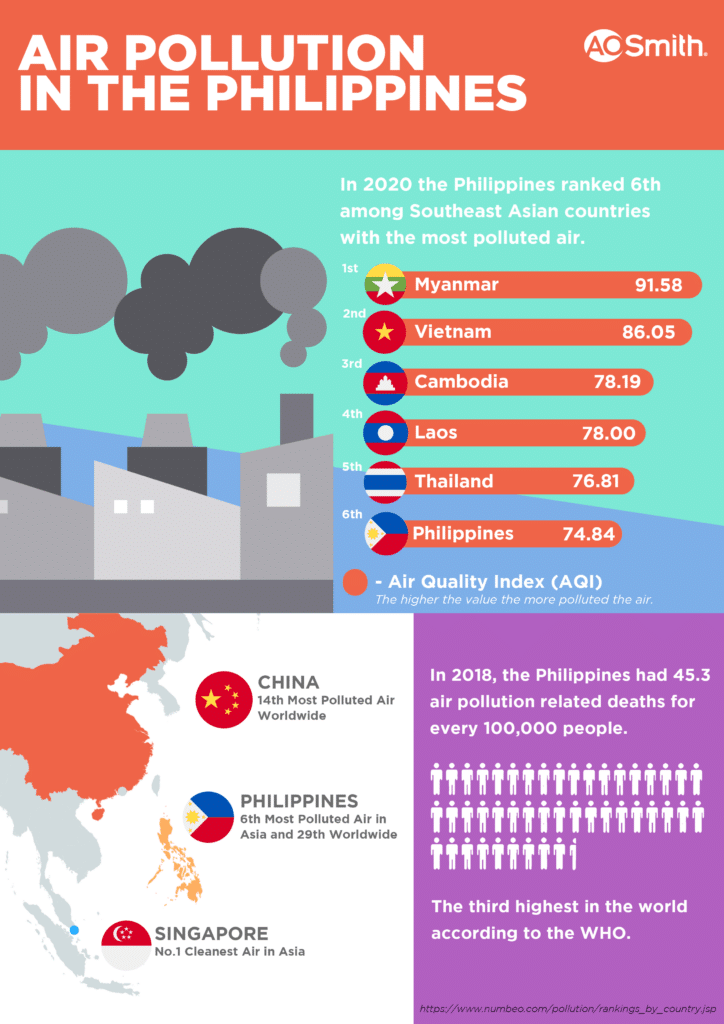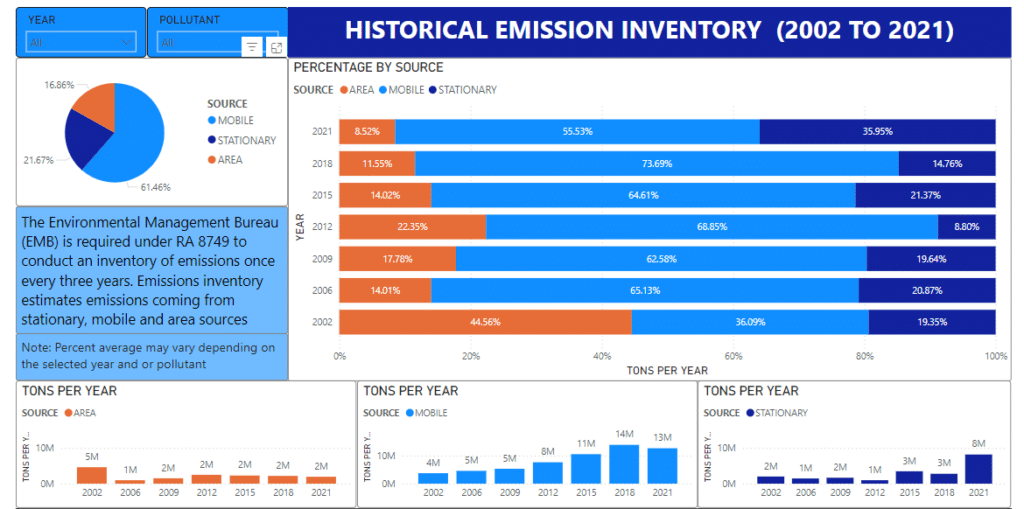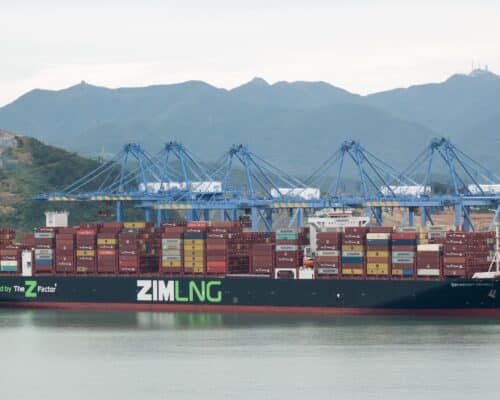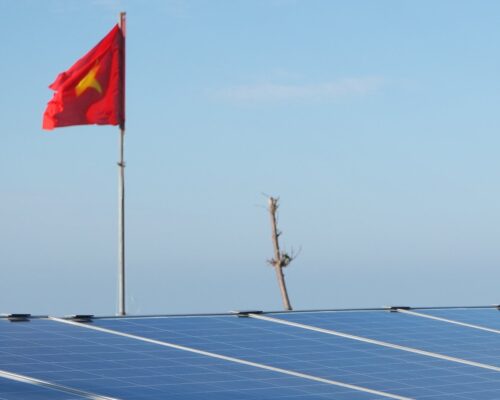Air Pollution in the Philippines – Solutions
Source: Medium
13 June 2024 – by Eric Koons
Air Pollution in the Philippines 2024
Air pollution in the Philippines has been a growing concern for decades. Historically, the Philippines’ journey towards industrialisation has seen numerous phases that have contributed to its air quality issues. During the rapid industrial expansion in the 20th century, factories and vehicles emitting harmful pollutants began to saturate the air.
Today, urban centres like Manila have become hot spots for urban air pollution, with many suffering from high levels of pollutants that threaten public health and the environment.
What Is the Air Quality Like in the Philippines in 2024?
Air quality in the Philippines remains a critical issue. In 2019, the Philippines had an average PM2.5 concentration of 17.6 micrograms per square m, which is above the safe level of 10 micrograms per square m as recommended by the World Health Organization (WHO).
In 2023, this declined to 13.5 micrograms per square m, which places the country as the 79th worst in the world in air pollution levels. These particulate matter concentrations pose significant health risks, including an increased chance of respiratory and cardiovascular diseases such as chronic obstructive pulmonary disease. Burning fossil fuels is the main cause of poor air quality and worsening air pollution.

How Bad Is the Pollution in Manila?
Manila bears the brunt of the country’s air pollution. The city’s PM2.5 levels hover around 18 micrograms per square m, placing it among the most polluted cities in the Philippines. Thirteen air quality monitoring stations around the city track this.
This exposes residents to increasing rates of asthma, chronic bronchitis and other respiratory conditions due to prolonged exposure to polluted air. Compared to other cities like Cebu and Davao, Manila consistently shows higher levels of nitrogen dioxide (NO2) and sulphur dioxide (SO2), primarily due to dense traffic and industrial activities.
What Is the Leading Cause of Air Pollution in the Philippines?
Fossil fuels are the primary source of air pollution in the Philippines. Transportation is the leading contributor, with a significant number of vehicles running on diesel and gasoline. Jeepneys alone account for 15% of transportation emissions and 48% of air particulate matter in Manila.
The country’s most recent national emissions inventory found that 56% of outdoor air pollution came from the transportation sector, with 35% from stationary sources and 9% from area sources. Transportation emissions have remained relatively stable over the last two decades, while stationary sources have increased and area sources have declined.

Population growth and urbanisation further exacerbate the problem. As more people move to the cities in search of better opportunities, the demand for transportation and energy increases, leading to higher emissions. The agricultural sector, while less talked about, also contributes through the burning of crop residues and the use of fertilisers that release ammonia into the atmosphere.
What Is the Best Solution for the Philippines’ Air Pollution?
Addressing air pollution in the Philippines requires a combination of strategies. Policy measures, such as stricter emissions standards and the promotion of cleaner technologies, are crucial. The Philippine Clean Air Act of 1999 is a step in the right direction, but it is largely outdated and needs improvement.
Technological innovations, like adopting electric vehicles and improving public transportation infrastructure, can significantly reduce emissions. In this vein, cities like Cebu have started implementing policies like the Bus Rapid Transit (BRT) system to decrease reliance on private vehicles. Community initiatives also play a vital role. Programs that encourage tree planting, waste management and the use of renewable energy can help mitigate pollution.
Successful case studies from other countries offer valuable lessons. For example, Singapore’s rigorous vehicle emissions standards and comprehensive public transport system have effectively curbed air pollution. The Philippines can adapt similar models to fit its local context.
Public awareness and community involvement are equally important. Educating the public about the health impacts of air pollution and ways to reduce people’s personal carbon footprint can drive collective action. Grassroots movements and nongovernmental organizations (NGOs) can facilitate these efforts, ensuring communities remain engaged and proactive.
Reaping the Benefits of Cleaner Air
Improving air quality in the Philippines offers numerous benefits. Economically, it can reduce the healthcare costs associated with pollution-related diseases and boost productivity by ensuring a healthier workforce. At current rates, air pollution accounts for over 66,000 premature deaths and costs over USD 44 billion annually.

Cleaner air can lead to more sustainable urban living and protect biodiversity. The long-term health benefits include a significant decrease in respiratory and cardiovascular diseases, improving Filipinos’ overall quality of life.
As the Philippines continues to develop, addressing air pollution is essential for a sustainable future. By implementing effective solutions and fostering public participation, the country can mitigate the adverse effects of pollution and pave the way for a healthier, more resilient environment.
Now is the time for all stakeholders – government, industry and citizens – to unite against air pollution and embrace practices that ensure cleaner air for future generations.
by Eric Koons
Eric is a passionate environmental advocate that believes renewable energy is a key piece in meeting the world’s growing energy demands. He received an environmental science degree from the University of California and has worked to promote environmentally and socially sustainable practices since. Eric’s expertise extends across the environmental field, yet he maintains a strong focus on renewable energy. His work has been featured by leading environmental organizations, such as World Resources Institute and Hitachi ABB Power Grids.
Read more








